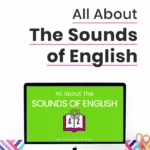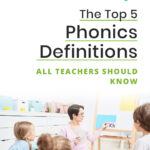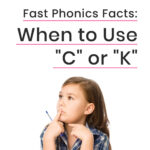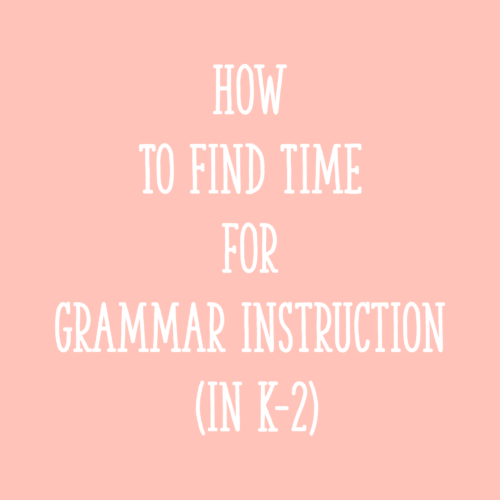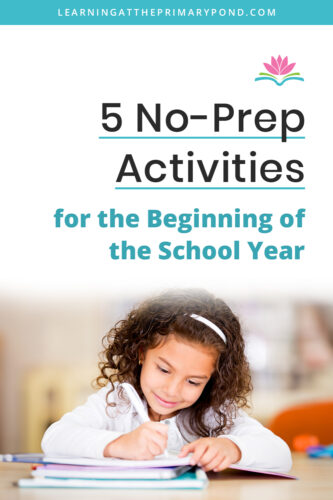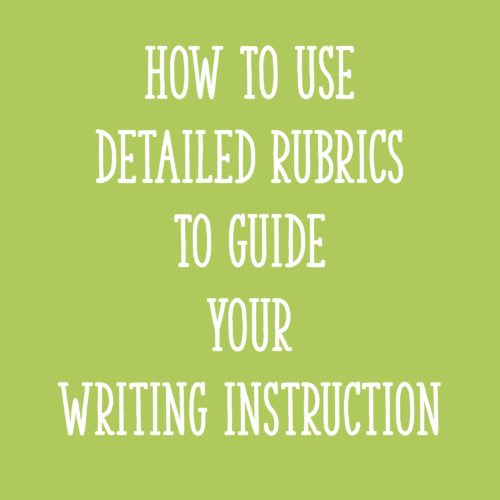Whether you have a classroom full of English language learners or you’re just working 1:1 with a student who is learning English as a second (or third, or fourth!) language, you may have wondered how to teach phonics to these students. As you probably already know, making sure students have a solid foundation in phonics will pave the way for their success in reading and writing.
So, what are some “tricks” for teaching phonics to English language learners, or “ELLs”? In this blog, I’ll go through what adaptations I make for English language learners during phonics. My first “trick” may surprise you…
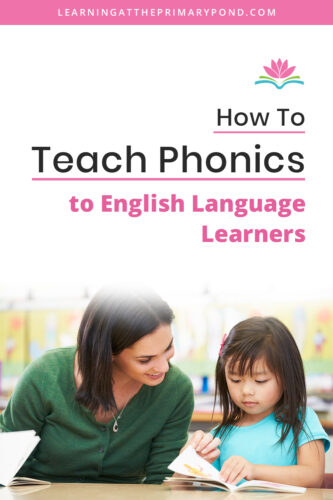
Tips for Teaching Phonics to English Language Learners
Tip #1: It’s not really a tip or “trick” at all!
In general, your methods for teaching phonics to ELLs should be very similar to how you’d teach phonics to any other students! When I recommend how to teach phonics – whether it’s with an ELL student or any student – it’s important to use a phonics program that:
- is systematic and explicit
- is research-based
- provides consistency
- is set up for differentiation and flexibility
- provides support and training for teachers
This should be true whether you’re working with English language learners or any other students – it makes no difference! The same methods and priorities listed above are the exact same ones needed for ELLs.
Now, I could just end the blog here… 🙂 BUT, there are a few adaptations that you can consider making for ELLs (English Language Learners), so keep reading!
If you’d like a bit more information on what to look for in a phonics program, check out my blog 5 Things To Look For When Choosing A Phonics Program.
Tip #2: Use fewer words and spend a little extra time on vocabulary.
In my phonics program, From Sounds to Spelling, I provide a few “Important Notes” with the materials, including how to differentiate the materials for English Language Learners.
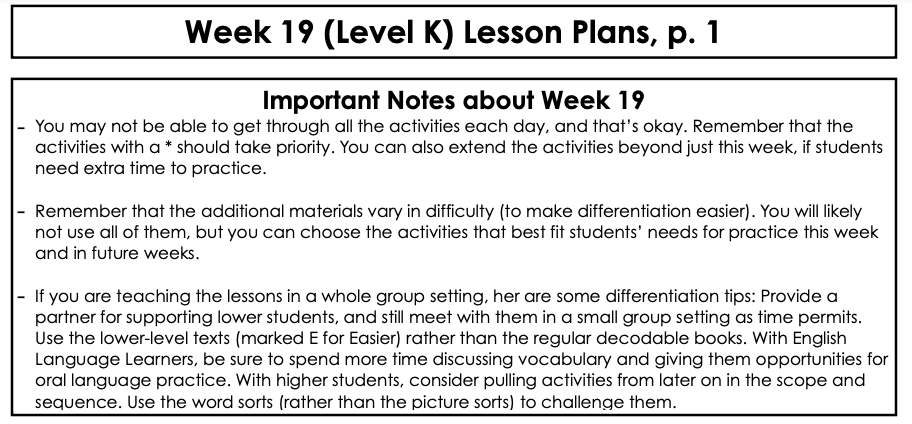
As part of the program, students are introduced to words that follow the particular focus skill for that week. For instance, in the Kindergarten program during Week 19, students are learning about the digraphs “qu” and “ck.”
Normally, I’d have students decoding (reading) and encoding (spelling) many words like quit, rock, sick, quick, back, lack, pack, etc. With ELL students, I would instead focus on fewer words and spend a bit more time explaining what those words mean. We’d discuss definitions, use the words in context, act them out, create our own sentences orally, etc.
This is not to say that I don’t do these things with non-English Language Learners! Vocabulary development is extremely important. With ELLs, I just spend a little extra time on words that English speakers would likely already know.
Tip #3: Put less emphasis on nonsense words.
Typically, I think nonsense words are an important addition to phonics instruction! A nonsense word is a word that can be decoded or pronounced by following the “regular” phonetic rules of English. However, it’s not a real word – there’s no listing or definition in the dictionary for it! (If you want more info on what nonsense words are and how I use them, check out the blog Fast Phonics Facts: What is a Nonsense Word?)
However, as English Language Learners are learning new real/actual words, it can be a bit confusing to also have nonsense words in the mix. You can still use them occasionally, but I’d definitely limit the use. When I do use nonsense words, I outright tell English Language Learners “This is not a real word” to avoid confusion!
Tip #4: Focus on pronunciation.
This is a tip that’s actually relevant for all learners, but especially for ELLs. When I’m introducing a new sound or reviewing tricky patterns, I exaggerate my mouth shape. It’s really important to make sure students are looking at your mouth as you model the sound. Here’s an example of mouth shape when it comes to short vowel sounds (these sound cards are included in From Sounds to Spelling):
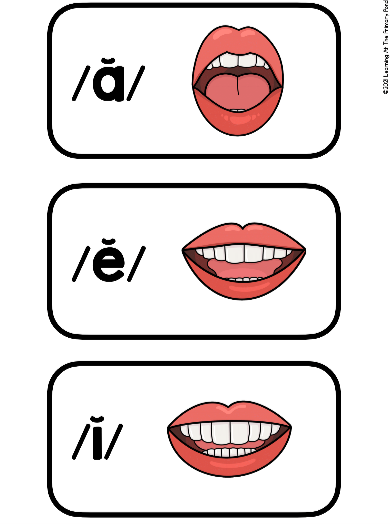
The differences between vowel sounds can be very slight, so it’s important to initially exaggerate how wide or narrow your mouth is. This way, students can both hear and see the difference. Another helpful practice is to give students small mirrors to watch their own mouths move for pronunciation.
Tip #5: Slow down when it comes to decodables.
Using decodable texts is a critical part of phonics instruction. In many programs, students work through an entire decodable text in only one day. While this may work just fine for many students, it can be beneficial for ELLs to move more slowly through the decodable text.
For example, you might break the text in half and cover it over a period of two days. Going back to my point made above regarding vocabulary, many ELLs will be learning new words as they’re reading the decodable. You don’t want to breeze through those words. Instead, spend time making sure they understand what the words mean.
You can also focus a bit more on comprehension via oral language when using decodable texts with English Language Learners. You can add stopping points for discussion to make sure they understand what’s happening in the story, as well as discussing the text after they finish.
Conclusion
I hope that the information in this post has given you helpful guidance in teaching phonics to English Language Learners!
If you’d like to try a FREE trial of From Sounds to Spelling, CLICK HERE! (A free trial is a great way to see if the program might be a good fit for you.)
If you have any more questions about things to consider when teaching phonics to ELLs, leave them in the comments and I’d be happy to answer them!
Happy teaching!

